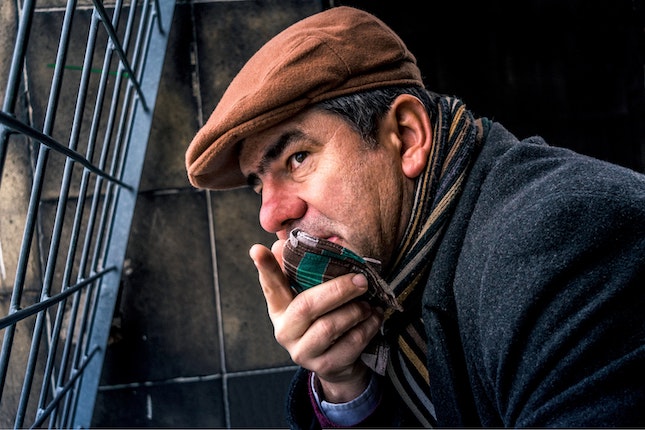Scene Science

Build Your Story With Scenes
Scenes are like pouring honey into a vial. As you add scenes, you fill up the vial of your story. And like honey, they stick when they follow the science of creating a tight scene.
There’s a science to creating scenes that work. Incorporate scene basics into each scene to add value to your story. If you go outside these basics, your scene won’t work for your reader. Because scenes are the building blocks of your story, each scene needs to meet basic reader requirements.
You’ll end up with a story that keeps readers engaged and turning pages.
Start Late, Leave Early
You don’t need to explain everything. That’s why there’s a scene writing adage, start late and leave early. Give your reader credit for being smart and reward them with a scene that gives them the basics without explaining why and how it started or what happens after that juicy last line of dialogue.
Tell a Mini-Story
Each scene is a separate story with a beginning, middle, and end. In the middle, the scene character encounters conflict. By the end of the scene the conflict has either thwarted their path or led them to success. The scene has an arc where tension builds. Without conflict and tension, your scene will feel flat and won’t move the character or your story forward. When I say move the character forward, even if your character has to change direction, you are still moving the story forward.
Story Goal
Each scene must move the story forward. Informational scenes like background or lengthy descriptions where the characters do nothing, do not move the story forward. Focus each scene on an element of your story’s main plot or subplot.
Beginning writers often overlook opportunities to start the story goal at the beginning. Add an element of conflict in your protagonist’s everyday world that foreshadows complications in the story.
Character Goal
Within your story, your main characters have goals. Your sleuth wants to solve the murder puzzle. Supporting characters have personal goals. Don’t overlook those goals in your scene. A sidekick may offer a conflict for your protagonist. Suspects have their own secrets they want to keep hidden. The antagonist has goals that confound your sleuth and keep her from solving the mystery puzzle.
Character goals are the foundation of conflict. Conflict moves the story forward. Your protagonist must resolve each conflict on their journey toward discovery and revelation.
Single Point of View
Write each scene from one point of view. Head-hopping muddles the story and confuses readers. Focus gives your scene impact.
When you switch from one character’s perception to another within a scene, your reader will slow down as they try to guess what is happening. If Jim is the point of view in the scene, he can’t know what Bill is thinking.
If you alternate points of view in your story, each alternating scene stays with that character’s point of view.
Balance
Too much of anything slows down your reader. Aim for a balance between action and description and dialogue. When you combine the balance within your mini-story, you will end up with a tight scene that calls the reader to turn the page.
Focus on the Moment
As you write your scene, go into the story as scriptwriting consultant Scott Meyers suggests. Focus on the one scene you are writing. Know how it fits in the story and why it moves the story forward. Once you reach editing stage, use the scene checklists to make sure everything is there.
Photo by Bee Naturalles on Unsplash




